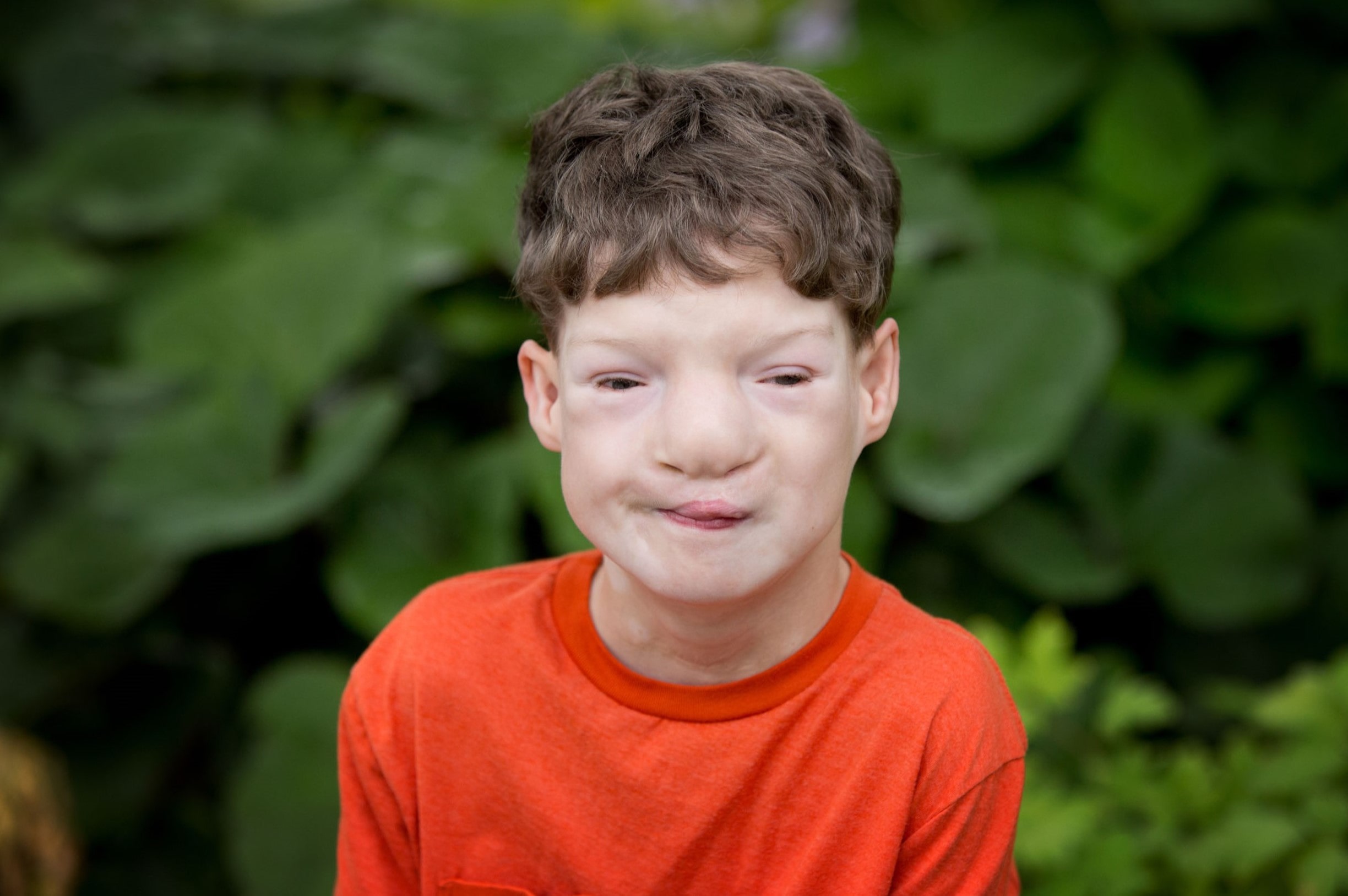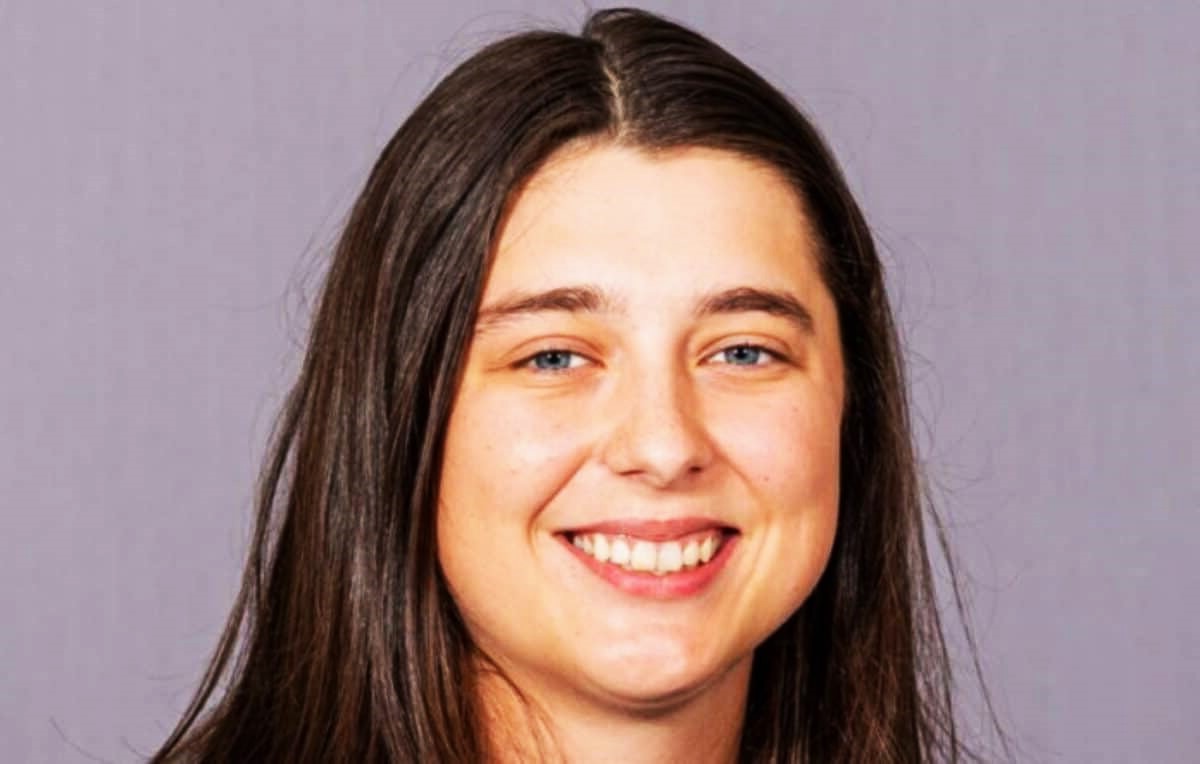
Gordon Syndrome is a rare genetic disorder that affects the development of bones and joints. Characterized by stiffness in the joints, short stature, and distinctive facial features, this condition can significantly impact daily life. Caused by mutations in the PIEZO2 gene, Gordon Syndrome is inherited in an autosomal dominant pattern, meaning only one copy of the altered gene is needed to cause the disorder. Symptoms often include limited movement in elbows and knees, clubfoot, and scoliosis. Treatment focuses on managing symptoms through physical therapy, orthopedic interventions, and sometimes surgery. Early diagnosis and intervention can improve quality of life for those affected.
What is Gordon Syndrome?
Gordon Syndrome, also known as Distal Arthrogryposis Type 3, is a rare genetic disorder. It affects the joints and muscles, leading to stiffness and limited movement. Here are some key facts about this condition.
-
Genetic Basis: Gordon Syndrome is caused by mutations in the PIEZO2 gene. This gene is crucial for normal muscle and joint function.
-
Inheritance Pattern: The syndrome follows an autosomal dominant inheritance pattern. This means a single copy of the mutated gene from one parent can cause the disorder.
-
Joint Contractures: Individuals with Gordon Syndrome often have joint contractures. These are permanent tightening of muscles, tendons, skin, and nearby tissues.
-
Facial Features: Distinct facial features are common. These may include a small mouth, a high-arched palate, and a flat nasal bridge.
-
Hand and Foot Abnormalities: Affected individuals may have clubfoot or camptodactyly, which is the permanent bending of fingers.
Symptoms and Diagnosis
Recognizing the symptoms early can help in managing the condition better. Diagnosis usually involves clinical evaluation and genetic testing.
-
Muscle Weakness: Muscle weakness is a prominent symptom. It can affect daily activities and overall mobility.
-
Delayed Motor Skills: Children with Gordon Syndrome may experience delays in motor skills development. This includes sitting, standing, and walking.
-
Scoliosis: Some individuals may develop scoliosis, a sideways curvature of the spine.
-
Respiratory Issues: In severe cases, respiratory problems can occur due to muscle weakness affecting the chest.
-
Genetic Testing: Confirming the diagnosis often requires genetic testing to identify mutations in the PIEZO2 gene.
Treatment and Management
While there is no cure for Gordon Syndrome, various treatments can help manage the symptoms and improve quality of life.
-
Physical Therapy: Regular physical therapy can help maintain joint flexibility and muscle strength.
-
Orthopedic Interventions: Surgery may be necessary to correct severe joint deformities or scoliosis.
-
Occupational Therapy: Occupational therapy can assist in improving daily living skills and independence.
-
Respiratory Support: In cases with respiratory issues, support such as ventilators may be required.
-
Pain Management: Medications and other therapies can help manage chronic pain associated with joint contractures.
Living with Gordon Syndrome
Living with Gordon Syndrome involves adapting to challenges and finding ways to improve quality of life.
-
Support Groups: Joining support groups can provide emotional support and practical advice from others facing similar challenges.
-
Educational Support: Children may need special educational support to help with learning and development.
-
Adaptive Devices: Using adaptive devices can aid in mobility and daily activities.
-
Regular Monitoring: Regular check-ups with healthcare providers are essential to monitor the progression of the condition.
-
Positive Outlook: Maintaining a positive outlook and focusing on abilities rather than limitations can greatly enhance quality of life.
Final Thoughts on Gordon Syndrome
Gordon Syndrome, a rare genetic disorder, affects muscle and joint development. Understanding its symptoms, like joint contractures and muscle stiffness, helps in early diagnosis. Genetic testing confirms the condition, while physical therapy and sometimes surgery manage symptoms. Though no cure exists, treatments improve quality of life.
Raising awareness is crucial. Many people remain unaware of Gordon Syndrome, leading to delayed diagnoses. Sharing information can help families and individuals get the support they need sooner. Support groups and online communities offer valuable resources and emotional support.
Research continues to explore better treatments and potential cures. Staying informed about advancements can provide hope and new options for those affected. Remember, early intervention and ongoing care make a significant difference. Keep learning, sharing, and supporting each other in the journey with Gordon Syndrome.
Was this page helpful?
Our commitment to delivering trustworthy and engaging content is at the heart of what we do. Each fact on our site is contributed by real users like you, bringing a wealth of diverse insights and information. To ensure the highest standards of accuracy and reliability, our dedicated editors meticulously review each submission. This process guarantees that the facts we share are not only fascinating but also credible. Trust in our commitment to quality and authenticity as you explore and learn with us.


